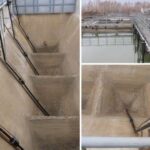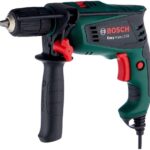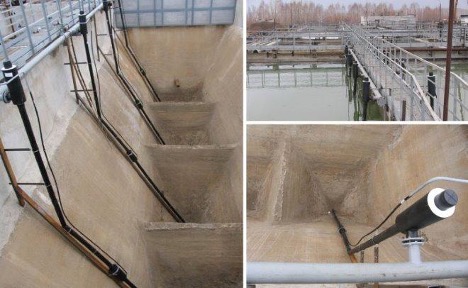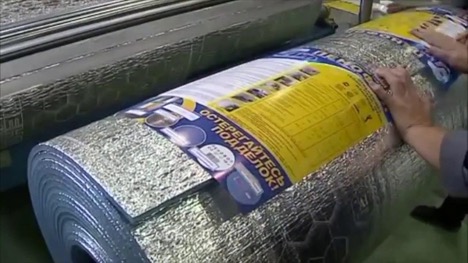Drilling a cast iron pipe at home: is it possible and how to choose a drill
Cast iron is a material known for its strength and wear resistance, making it a popular choice for a variety of parts and designs. The question of whether cast iron can be drilled is of interest to many craftsmen and DIY project enthusiasts. The answer is yes: drilling cast iron is possible, but it requires the right approach and the use of specialized tools.

The content of the article
How to drill a cast iron pipe at home?
This process requires careful preparation and adherence to certain technical techniques. Mainly, it is necessary to choose a suitable drill for cast iron that can overcome the high hardness of the material without losing its working qualities.
Before you begin, consider the following aspects:
- Determining the exact drilling location to minimize the risk of pipe damage.
- Use of special cutting fluids to prevent overheating of the drill and material.
- Selecting the correct drill speed to avoid breakage and ensure a clean hole.
Choosing a drill for working on cast iron
To drill through cast iron efficiently and without damaging the tool, choosing the right drill bit is key.There are several types of drills that are optimally suited for working with cast iron:
- High speed steel (HSS) drills with titanium or cobalt coating. They are highly durable and can handle the hardness of cast iron.
- Carbide drills. These drill bits are ideal for working with particularly hard materials, including cast iron, due to their exceptional hardness and wear resistance.
Before starting work, you need to make sure that the selected cast iron drill is sharpened and in good condition. This will ensure not only the quality of drilling, but also the safety of the work.
Technique for drilling cast iron with a drill
How to drill cast iron with a drill is another important aspect that requires attention. To successfully complete the work, you must adhere to the following algorithm:
- Secure the cast iron piece carefully to prevent it from moving during the drilling process.
- Mark the selected drilling location using a punch or other sharp object to prevent the drill from “running” across the surface.
- When using a drill, select a low rotation speed and gradually increase it depending on the penetration of the drill into the material.
- Stop regularly to cool the drill and work surface with cutting fluids.
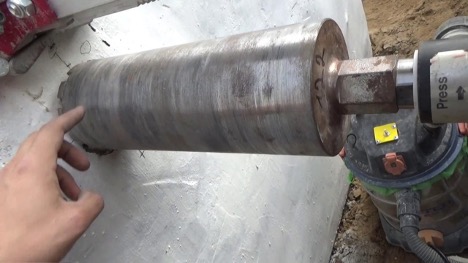
Errors when drilling cast iron
When drilling cast iron, it is important to follow certain technical techniques and safety rules. Despite the apparent simplicity of the process, there are a number of common mistakes. Failure to do so will result in damage to the tool, material or even personal injury. Let's look at the most common of them.
Using the wrong drill bit for cast iron is one of the main mistakes.Cast iron is a hard material that requires the use of high-speed steel drills with a cobalt or titanium coating. It also works well with carbide drills. Using conventional drills can cause them to wear out quickly, break, and ineffectively drill.
Drilling cast iron at high speeds can cause overheating and rapid wear of the drill, as well as damage to the material itself. How to drill cast iron with a drill correctly? It is important to start at a low speed and gradually increase it while monitoring the process to avoid overheating.
Neglecting the use of cutting fluids is another common mistake. Lubrication is necessary to reduce friction and cool the drill. It is also important for improving the quality of the resulting hole. Lack of lubrication can cause the drill to jam and damage the cast iron.
Insufficient fastening of a cast iron part can lead to its displacement during operation, and this, in turn, increases the risk of obtaining a poor-quality hole and damage to the material. Ensuring a secure hold is key to safe and accurate drilling.
Lack of preliminary preparation, such as marking the drilling point and using a core to prevent the drill from “running,” can lead to the hole moving away from the intended location. Accurate marking and pre-drilling of the hole with a core are important steps to ensure accurate drilling.
Careful preparation, choosing the right tool and following safety precautions will help you avoid mistakes when drilling cast iron. Proper drilling of cast iron requires care and precision at every stage of the work.With these recommendations in mind, you can achieve high-quality results even at home, ensuring the longevity of the tool and the safety of the process.
Conclusion
Thus, drilling cast iron is a task that can be done at home if you have the right tool and follow the necessary technological techniques. How to drill through cast iron, how to prepare the material for work, and what precautions should be taken are the key questions to which you need to know the answers when starting this type of work. By following the recommendations and choosing the right equipment, you can achieve excellent results even when working with such difficult materials as cast iron.

